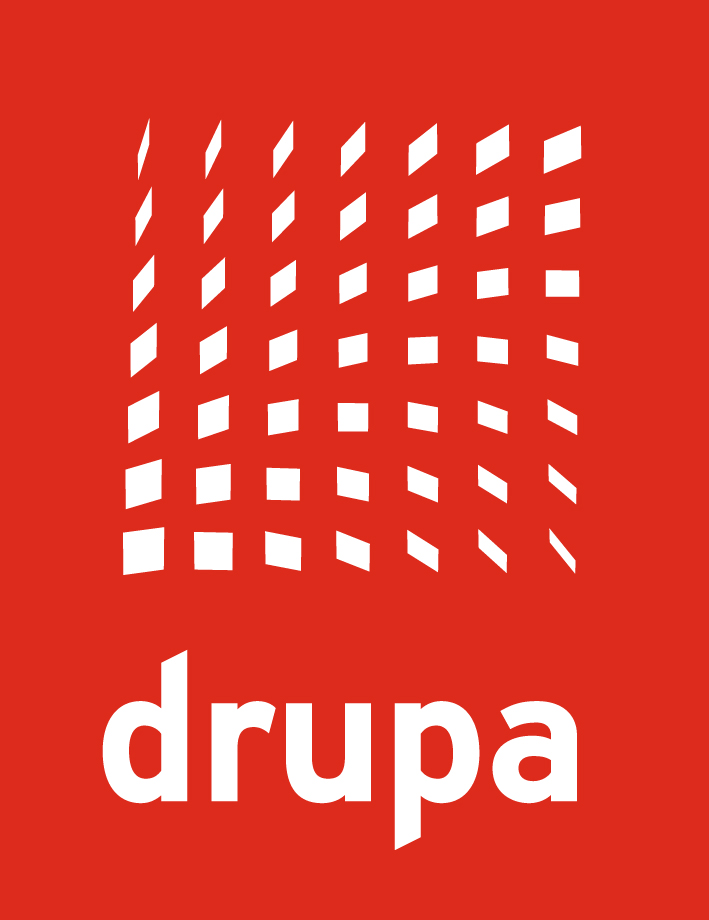How Converters Can Maintain Market Share
Time:2017-10-24 From:

PCI Wood Mackenzie recently published a study on the North American converted flexible packaging market, which estimated sales in the United States, Canada and Mexico at $23.5 billion in 2016, growing by 4.5 percent in value terms during the year. Although the report highlighted a trend, some converters have reported static or even declining flexible packaging sales in 2016.
So, noting this, how can flexible packaging converters maintain market share?
There are a number of competitive headwinds currently within the packaging market that shouldn't be ignored. In order to weather any looming storms, converters that rely too heavily on supplying key brand owners will need to equip themselves to better and more profitably address the needs of the proliferating numbers of successful small and mid-sized speciality food companies. It is these businesses that will continue to take a growing share of US grocery spending in the years ahead and so, in order to survive in this market, flexibility and adaptation must be prioritised.
Innovation and the introduction of pioneering products is a trend that has aligned with many consumers searching for locally-sourced, health-focused brands that feature natural ingredients displayed in transparent packaging. Food startups are currently riding this wave and, as a result, are successfully growing much faster than their large established competitors. These businesses often source their flexible packaging from small and mid-sized regional suppliers, who are better able to profitably and speedily service smaller order sizes. In order to avoid being left outside in the cold, larger packaging suppliers must accept that design originality needs to be at the top of their priority list.
Another key behavioral shift that has influenced the way in which flexible packaging converters operate lies with the issue of sustainability. Many brands now require their packaging, whether it be flexible or rigid, to brandish more environmentally friendly credentials. By investing in technology that will enable materials to be recyclable while still retaining the integrity of the overall packaging, converters can become part of the sustainability narrative that is so influential within today's market.
The speed at which flexible packaging is replacing rigid formats in many applications is significant. It is, therefore, vital that flexible packaging converters respond to changing demands in a timely manner, adapt their business to take account of new technology and facilitate novel design requirements so they are to maintain a competitive edge within the market.
News Source:Flexible Packaging
Written By Paul Gaster

